Another bout of Cold War lurking on the horizon
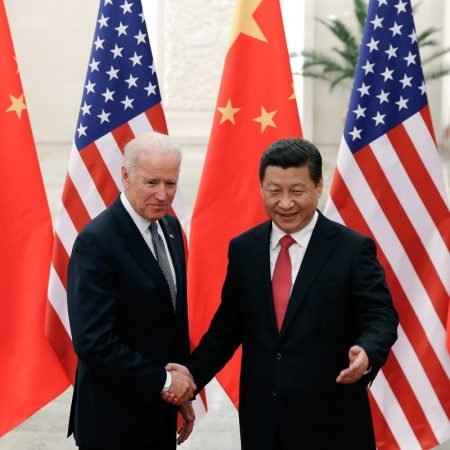
The devastating effects of the Cold War have not cooled down – if one goes deep into the on-going Afghanistan civil war and Pakistan origin terror causing havocs time and again all over the world, for example, another bout of Cold War is found evolving at an alarming speed. Many have nicknamed the earlier one as Cold War – I (CW-I) and the new one now evolving as Cold War – II (CW-II). CW-I had ended in December 1991 -after a devastating run for 36 years- with the collapse and balkanization of the erstwhile Union of Soviet Socialist Republic (USSR) followed by dismantling of its led Warsaw Pact group in 1989 and fall of the Berlin Wall, the ugly symbol of socialist resistance to Western Democracy, Capitalism and open society under the banner of North Atlantic Treaty Organization (NATO) led by the United States of America (USA). Apart from this, there were large-scale human right violations in Warsaw Pact group member countries that Western democracies distaste and oppose tooth and nail.
While Warsaw Pact collapsed, its rival NATO has remained intact -notwithstanding occasional minor hiccup, the latest being Trump’s demand for cost-sharing for American forces and war-gears stationed in Europe- to date, virtually establishing the fact that Democracy and Capitalism won the CW-I over Socialism.
CW-I was basically a fall out of the dogmatic ideological rivalry between The White House led democratic and capitalist West, comprising western European countries, two North American countries (The US and Canada) and one Asian country ie Turkey in one side, and Kremlin led by socialist Eurasian countries mostly comprising countries in eastern Europe (as USSR was spread over western Europe and north Asia) on the other.
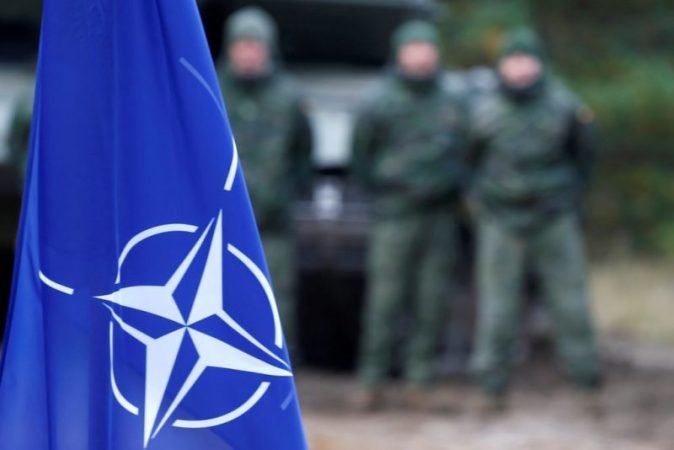
In the now evolving CW-II, the rivalry is also again between Democratic and Socialist countries. But, now, when democratic bloc memberships are found wide-spread comprising countries in North America, Europe, Asia and Oceania, and their basic characteristics and ideology for union remain the same; the rival socialist block has one country that is People’s Republic of China (PRC) or China so far, and ideologically, it copied the authoritarian dictatorship of USSR without socialism as it has embraced capitalism four and half decades back to build her economy with open backing of democratic capitalist countries who still believe as espoused by inaugurator of this relation Richard Nixon in early 1970s that ‘increased trade and commerce can help dismantle authoritarianism and dictatorship’.
Here, it is to be noted that the kind of backing or trade and commercial relations and technologies and capitals offered by the rich and democratic capitalist countries to China, the same was not available to USSR and Warsaw Pact countries during the reign of earlier avatar of Cold War. And due to the above-listed blockade along with other reasons, the economy of Warsaw Pact countries deteriorated causing fall of the entire bloc.
However, to date, the CW-II groupings have not been institutionalized as in the case of CW-I which does not mean the same won’t happen. The manner and the speed China has been consolidating her Military prowess and planning to build her military to be ready to wage war and win anywhere in the world by 2049 the centenary year of PRC’s birth, the democratic world can’t sit ideal watching Authoritarian regime grows.
Now, PRC or China is the largest economy in Purchasing Power Parity (PPP) and the second-largest economy in GDP in dollar term in the world and is one of the fastest-growing economies when democratic developed countries’ economies are almost stagnant, and under-developed countries are struggling to get fund for development spends with China alleged exported Covid-19 pandemic, which has almost kneeled their economies, yet to tame.
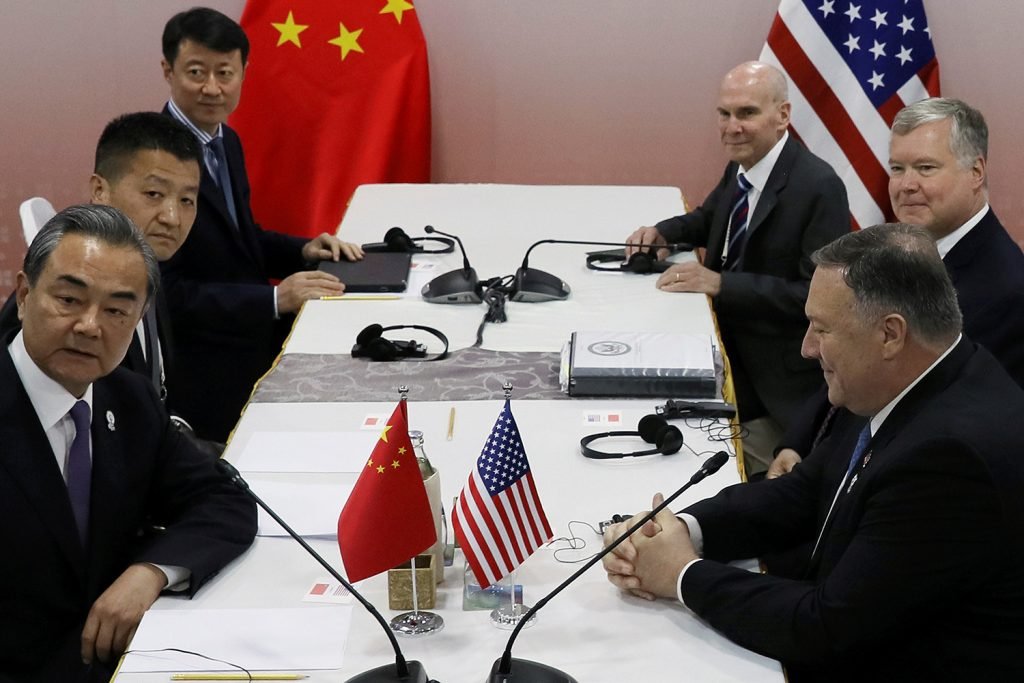
And, in the meanwhile, China has built the world largest Navy and second-largest conventional Armed Forces with an annual defence spending of more than $200billions, far ahead of the third-highest defence spender at around $70billions by democratic India in the neighbourhood with which she has never-ending border disputes. Apart from the above, PRC has been the workshop of the world since the early 2010s, a position the US had relinquished during the same period, controlling around 30% of the world vital supply chain. The situation has come to such a level now that during this on-going Covid19 reign, many crucial sectors such as automobile, pharmaceutical, electronics, chemical, etc. in many countries in Asia, Europe, America, etc. have cut short their productions further affecting the economies due to short supplies from China.
Since Xi Jinping has taken over the Paramount leadership of China with three top positions such as General Secretary of Communist Party of China (CPC), Chairman of Central Military Commission and President of PRC, China has returned to the kind of diplomacy -branded by many experts as Coercive Diplomacy, Threat Diplomacy, Wolf Warrior Diplomacy, etc. etc.- seen during the country’s first Paramount leader Mao Zedong’s reign from 1949 to 1976. Further, it has returned to the Mao era’s policy of territorial expansionism with virtually occupying resource-rich 3.5 million Sq KM South China Sea, which is also one of the world’s vital sea born trade route providing connectivity to the world’s fastest-growing economies in South-East ASEAN countries apart from Japan, South Korea and Taiwan, building artificial isles and fortifying the same ignoring the said sea’s littoral countries legitimate claims as per time-tested United Nation Convention for the Laws of the Seas (UNCLOS) and The Hague based International Tribunal’s order in 2016, the institution Philippines approached after China encroached former’s islands in the SCS within her Exclusive Economic Zone (EEZ), branding the order ‘biased and unfair’, ‘absolutely terrible’, and ‘a joke’.
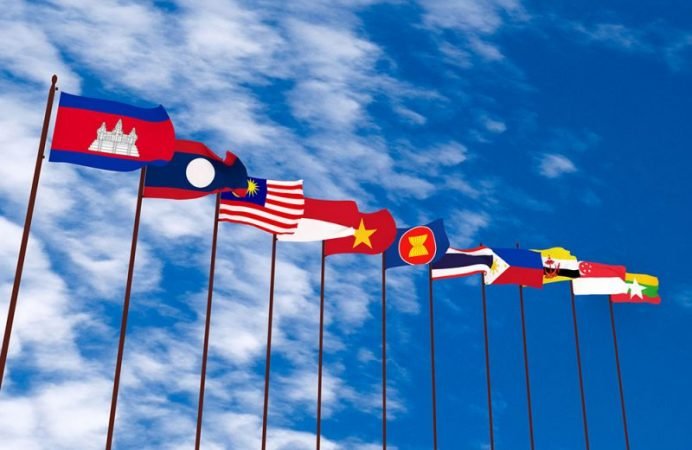
In 2020, China army, called PLA, stealthily intruded into the buffer zone between India and China-occupied Tibet on inhabited Himalayan’s Galwan Valley and later clashed with Indian forces breaking earlier agreements agreed to maintain tranquillity on the border till a permanent settlement is made in regard to the boundary line.
The violation of the US protected tiny island democratic nation Taiwan’s air space by Chinese Air Force, otherwise called PLAAF, in the East China Sea and threatening other countries around the world including India for diplomatic and none diplomatic relations with island nation Taiwan have been found a regular feature in these days. And within China, PRC has been trying to brutally suppress the democratic uprising in autonomous Hong Kong, and religious freedom in her restive western provinces such as Xinjiang and Tibet which are beyond the acceptance of liberal West, till date proud of policing the world’s law and order and human right violations with mix results of at time successes and at time failures.
In the meanwhile, in the US, which gave the leadership to Western Europe’s Democratic bloc in CW-I against Socialist bloc belligerence under the leadership of the Kremlin, the election of the nation’s President has been held and new occupant to The White House Joe Biden has taken oath of office. There were early confusions -starting Biden’s foreign policy statements during the periods comprising pre-election campaign to the intervening period from being declared elected to take oath of office to immediately after post-election- on what will be his policy in regard to Chinese aggression in the Asian region and whether he would carry forward the initiative taken by his predecessor Donald Trump, who has been exclusively praised by the US’s foreign policy watchers including this author for his Indo-Pacific policies.
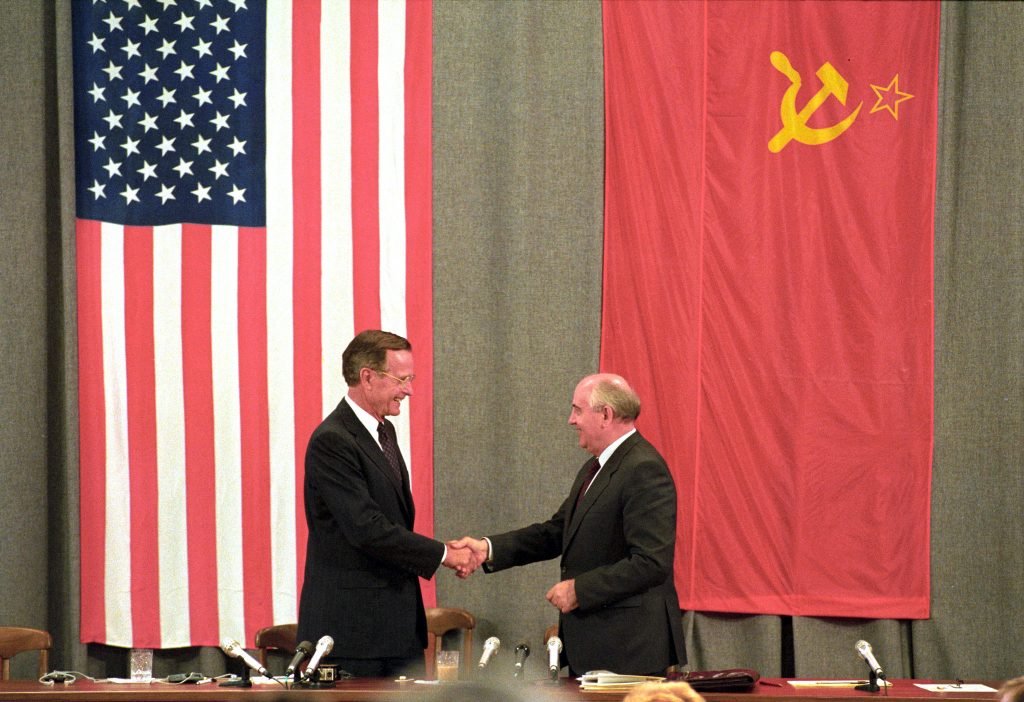
With the passing of days since taking oath of office, the Biden administration’s Indo-Pacific policy has started taking clear shape. In his foreign policy address, President Joe Biden described China as the “most serious competitor” to the US and vowed to confront Beijing on various fronts, including human rights, intellectual property and economic policy. And his Defense Secretary Lloyd Austin confessed China has been “very aggressive” in the region and in some cases, they have been “coercive”. Recently in a talk show, Defense Secretary Austin told to ABC News, “China has been busy modernizing its military and developing capabilities and trying to close the competitive edge that we have always enjoyed.”
The above-quoted statements from The White House and The Pentagon clearly say that the US is not ready to surrender her only ‘Super Power’ status to any other nation in near future. Whether the same is an electoral compulsion or not for Biden and his party, that is a different issue, but can’t be simply brushed aside for known reasons.
Going further, The Pentagon boss, referring to Beijing aggression towards her neighbours, said, “They have also been very aggressive in the region. In some cases, they have been coercive. And some of that coercion has been directed against our allies. And our allies are very important to us,” means China has given enough excuse to the US to intervene in the region’s internal affairs.
In 2008, the then Australian PM Chinese speaking Kevin Rudd withdrew from Malabar Naval Exercise comprising Quad members -allegedly under China pressure- saying ‘South-East Asian countries can’t afford another Cold War’. Now, same Australia’s PM in another person Scott Morison not only requested India to join back Malabar Naval Exercise but also playing the lead role to organize Quad Summit which is as per many may lead to institutionalizing of ‘Mini NATO’. Apart from this, the world’s leading economies and military powers such as UK, France, and German have shown their commitment by way of sending their warships including N-powered fleets to establish that the South China Sea is not Chinese territory. All these give enough indication that the devastating Cold War, the kind experienced in the 20th Century, is imminent in the 21st Century.



















